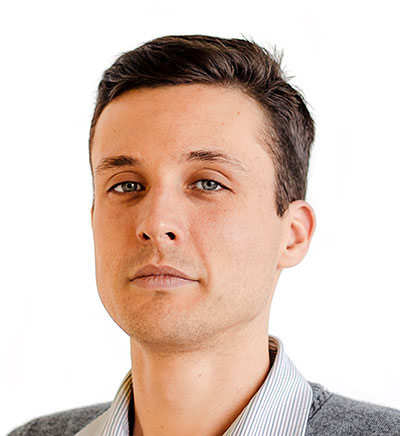
Solution to Uncertainty in Metallurgical Analysis: Part 2
 By Alejandro Ehrenberg | Journalist and Industry Analyst -
Thu, 08/20/2020 - 16:10
By Alejandro Ehrenberg | Journalist and Industry Analyst -
Thu, 08/20/2020 - 16:10
Sampling systems experts Promimex and TecProMin, the Zacatecas' Mining Cluster and Mexico Business Publishing joined forces to organize a two-day e-course on how to apply the Theory of Sampling to achieve optimal metallurgical balances. The course was presented by world-renowned expert Dr. Francis Pitard.
The e-course’s second session took place on Aug. 20 and focused on sampling bias. Dr. Pitard started his lecture by noting that many people think that if they can quantify the sampling bias, they can then decide whether they can accept the bias in their operations. Unfortunately, in sampling, there is no such thing as a constant sampling bias, Dr. Pitard cautioned. This is particularly the case if there are several superimposed sampling biases in the sampling system. Dr. Pitard said that rigid adherence to sampling correctness will save time, money and effort. “Sampling is not gambling,” he quipped.
Dr. Pitard went on to emphasize that thinking that biases can be quantified is a devastating misconception. Upper management tends to misunderstand this and think that quantifying bias can solve the problem. However, this can result in massive economic losses. Dr. Pitard underscored that if the sampling system is not correct, it is futile to test the bias. This is partly due to the fact that it is likely that there are many biases, not only one. That makes adequate quantification practically impossible.
Dr. Pitard went on to focus on some of the main biases metallurgists run into: correctness, increment delimitation errors, recovery problems, preparation errors and increment extraction errors. He said that the only logical strategy to eliminate them is prevention. To this end, engineers should become educated in the theory of sampling, attending international conferences on the subject and reading Dr. Pitard’s books. Furthermore, management should have zero tolerance for suboptimal sampling systems and realize that 75 percent of those in the market are suboptimal. Finally, there has to be a company-wide culture that furthers statistical understanding of sampling biases variability.
Dr. Pitard approached two key problems related to sampling biases. First, all sampling biases are created by some form of segregation in the stream, which the system cannot take into account. However, the stream is not segregated uniformly, resulting in inconstant sampling biases. The second problem has to do with the confusion between sampling and analytical biases. While the former is inconstant, the latter may not be so. Sampling biases are messy and involve precision issues: even if the average bias is small, its consequences can be huge. Dr. Pitard’s conclusion was that, while it is possible to use a correcting factor for a biased analytical system, it is impossible to do so for a biased sampling system.
Nevertheless, there are times when one is forced to work with a biased sampling system. In that case, one has to decide how much allotted variability is reasonable for the Fundamental Sampling Error (FSE): the error generated by the mass of the sample taken. According to Dr. Pitard, the answer depends on data quality objectives. These vary depending on different points of view: grade control engineers, exploration geologists and metallurgists will have different answers, for example.
However, all of them agree on something: the FSE is not their only problem. They also have to deal with residual sampling and analytical errors. Dr. Pitard offered a way to allot acceptable uncertainty to these errors:
- Allow total allotted uncertainty an upper maximum limit.
- Allow half of the total allotted uncertainty to the residual sampling errors and the analytical error all combined.
- Allow the other half of the total allotted uncertainty to all the fundamental sampling errors combined.
- Divide the total fundamental sampling error between the various sampling stages.















